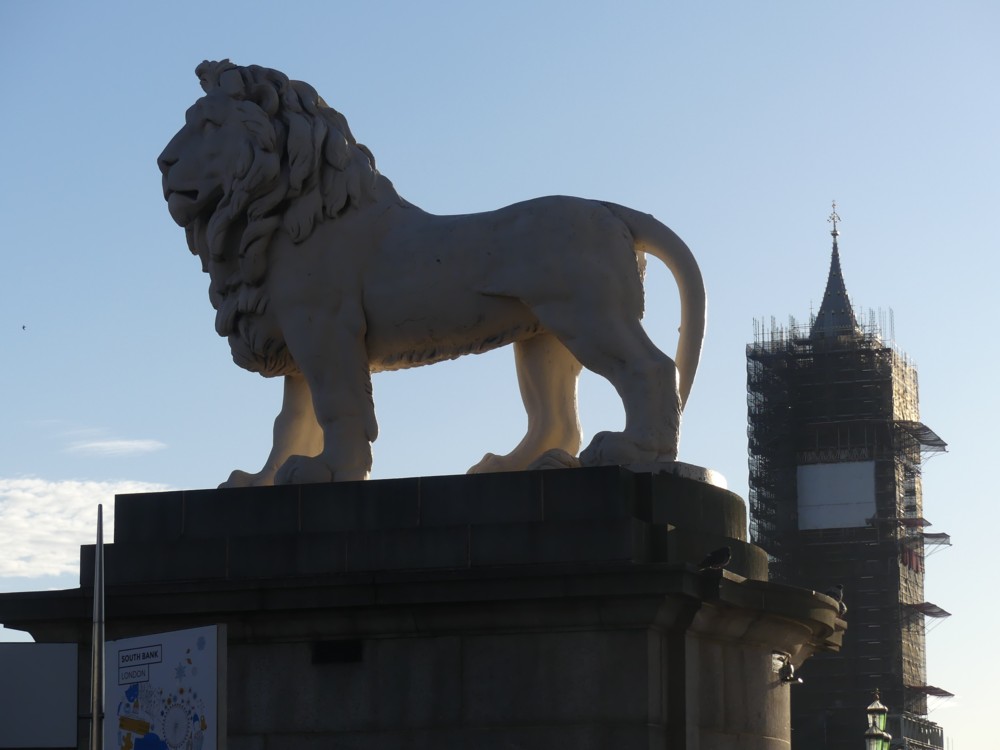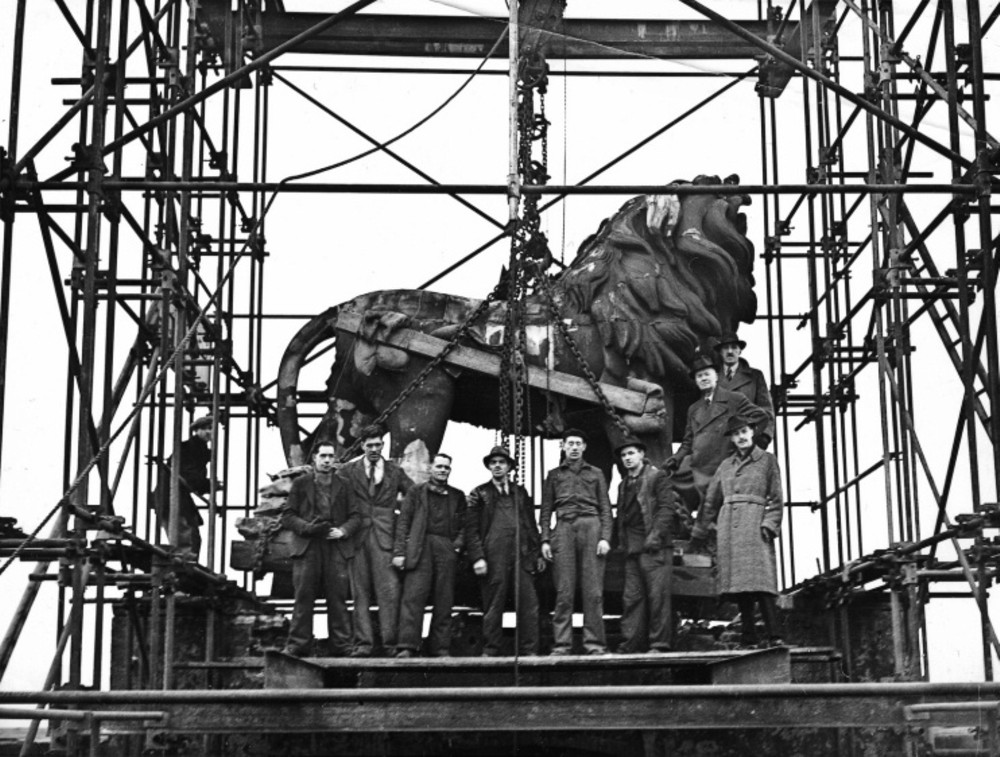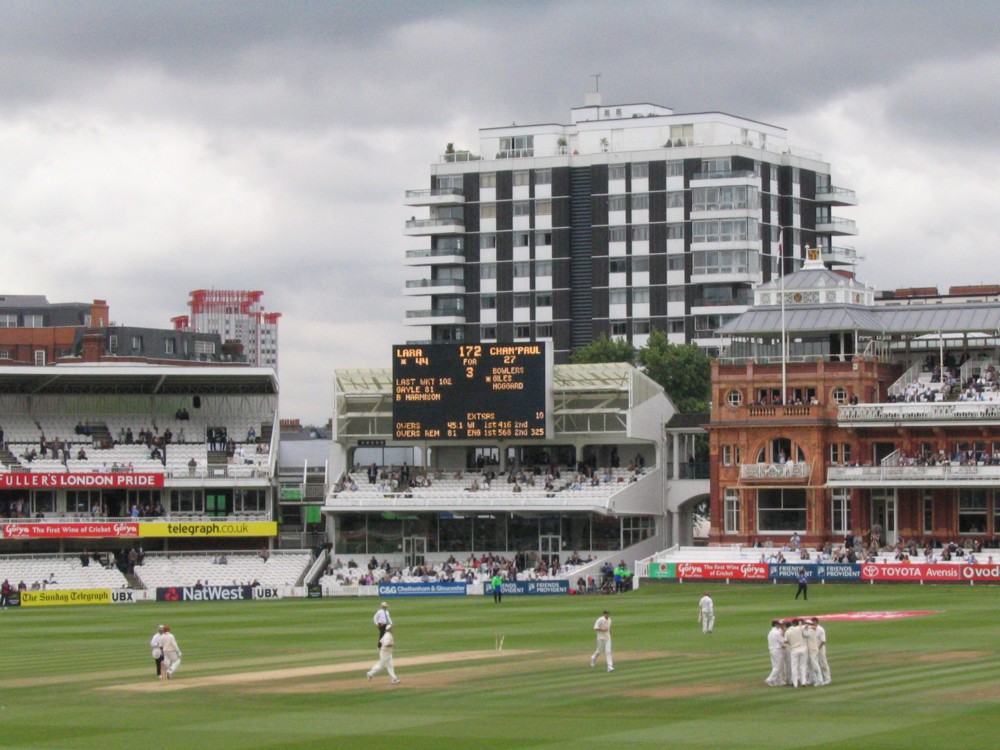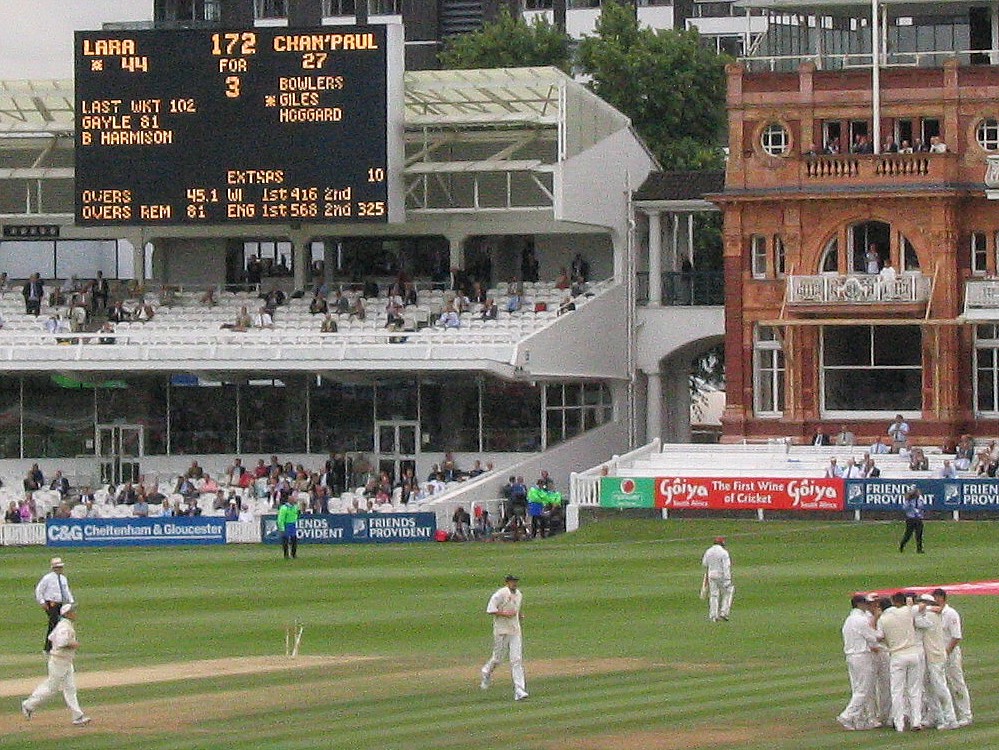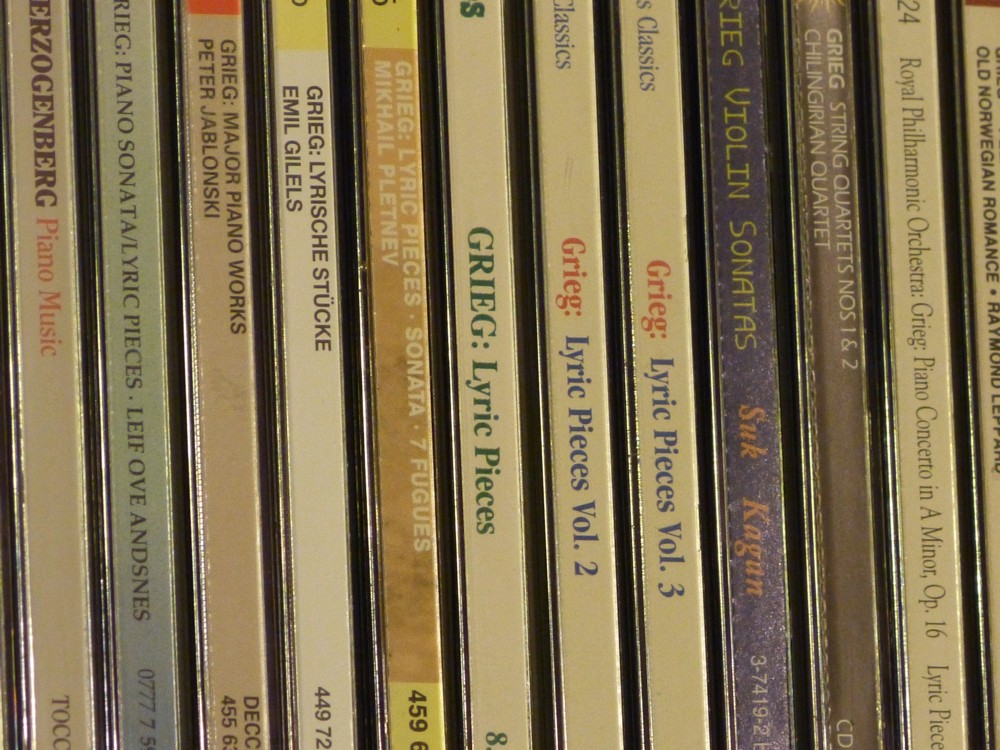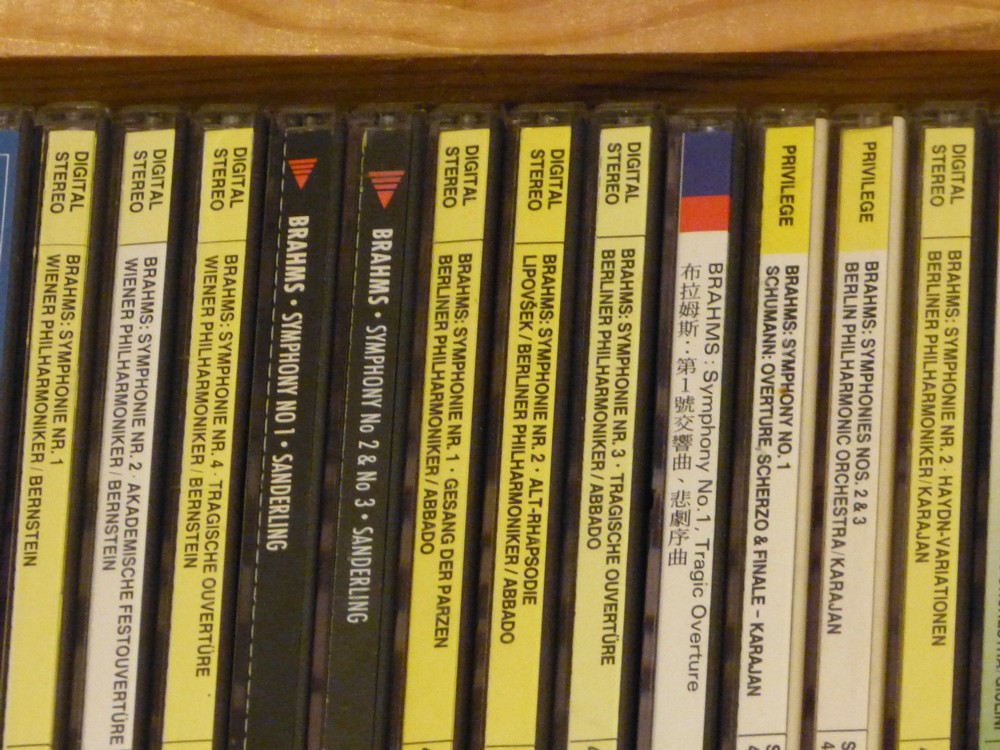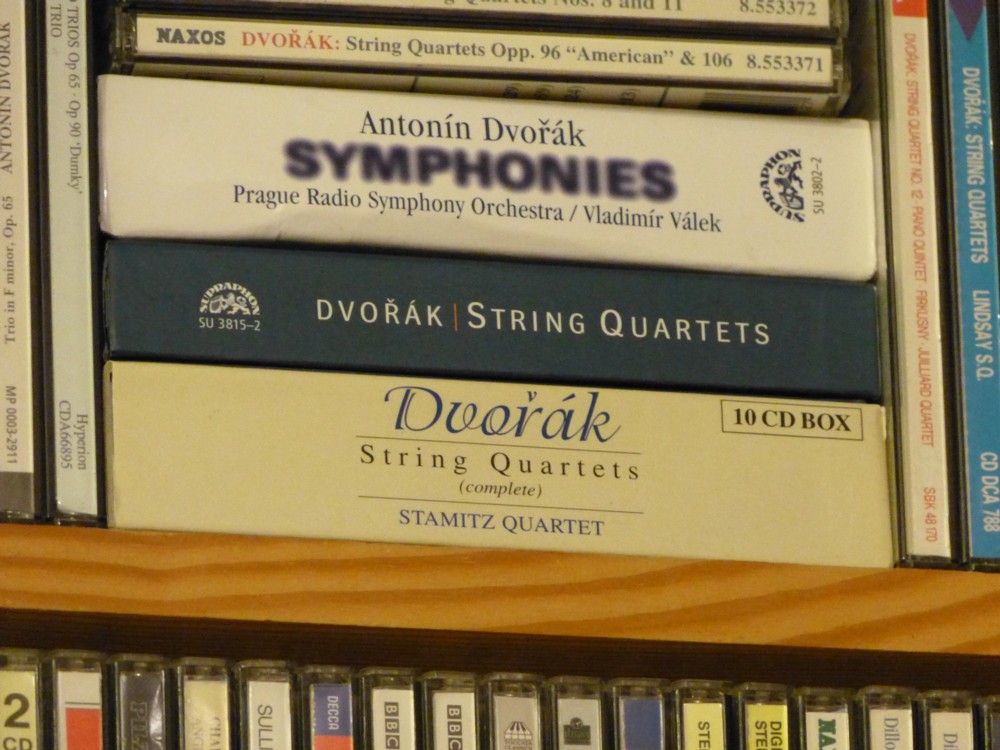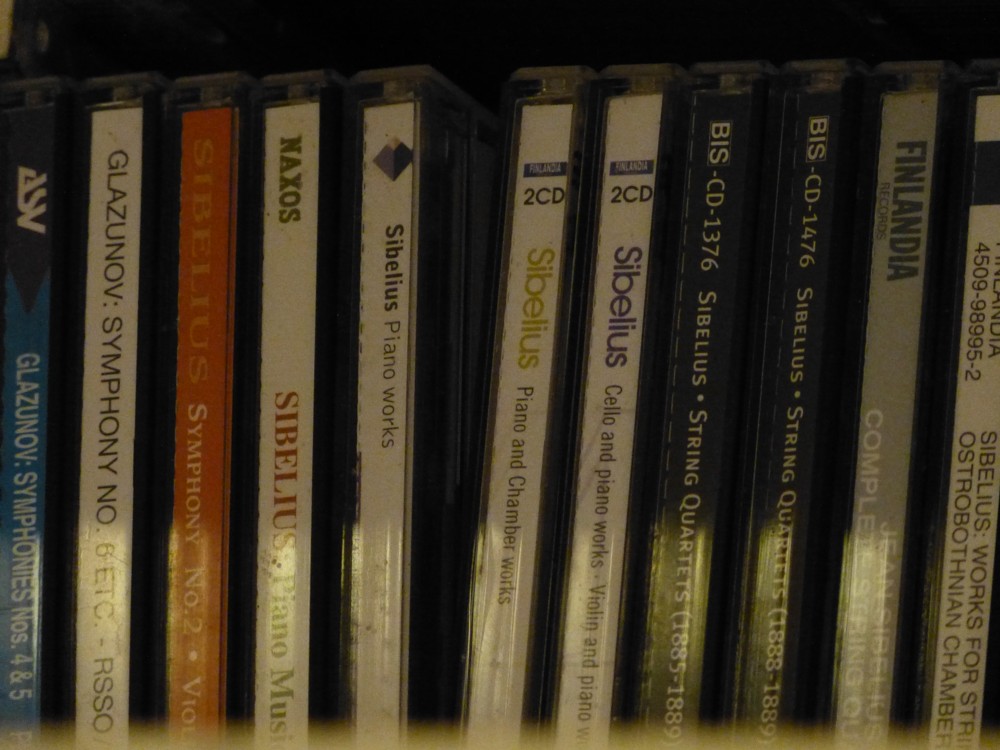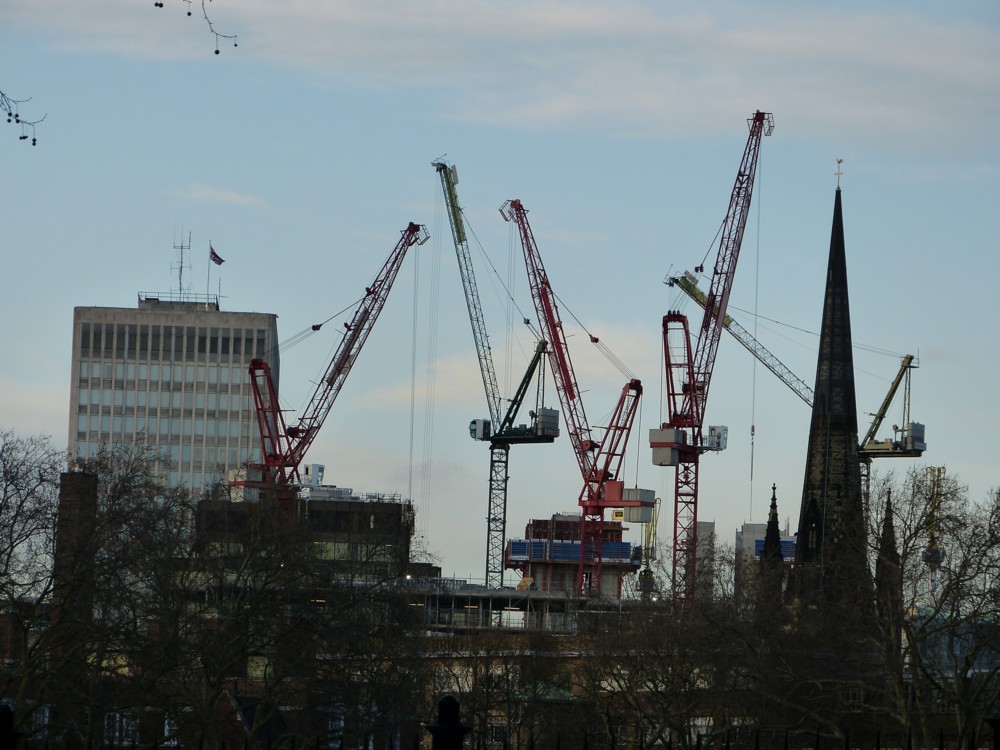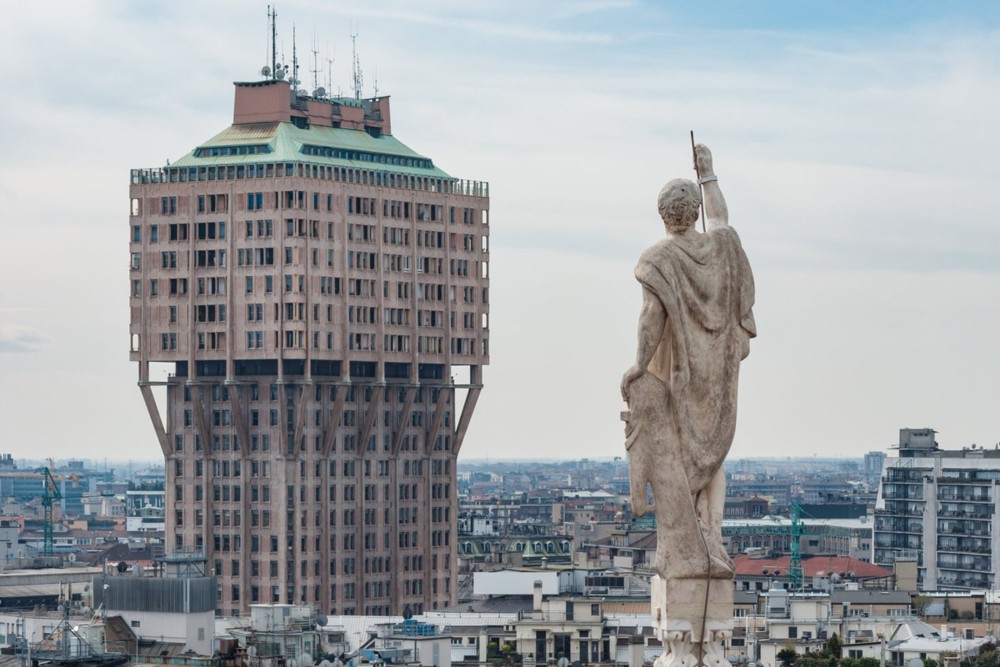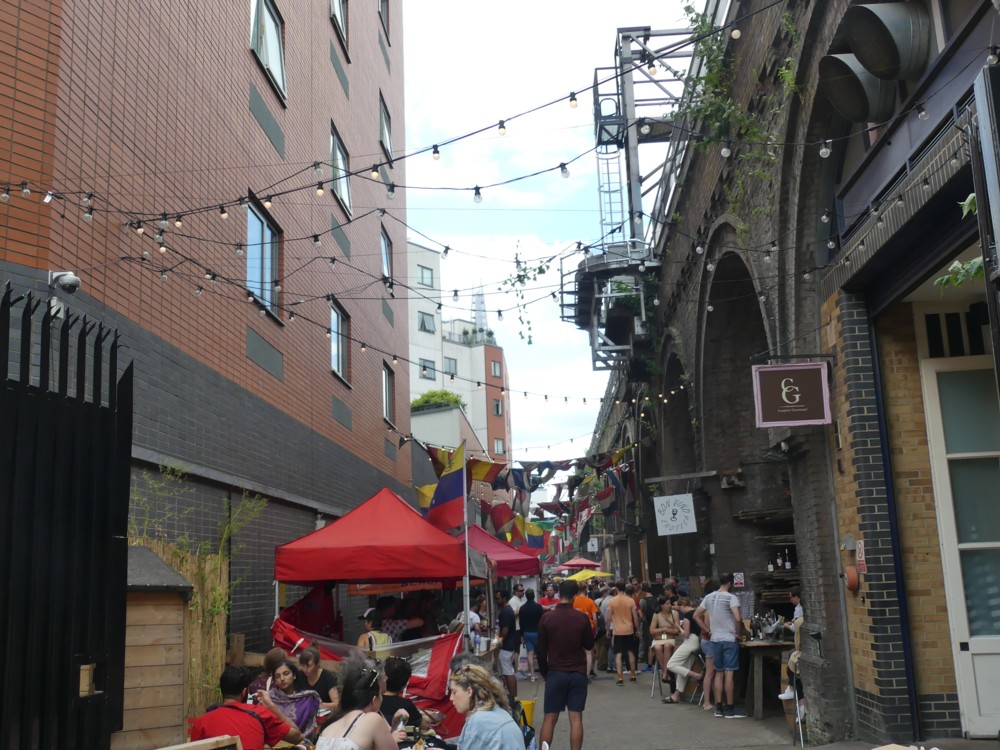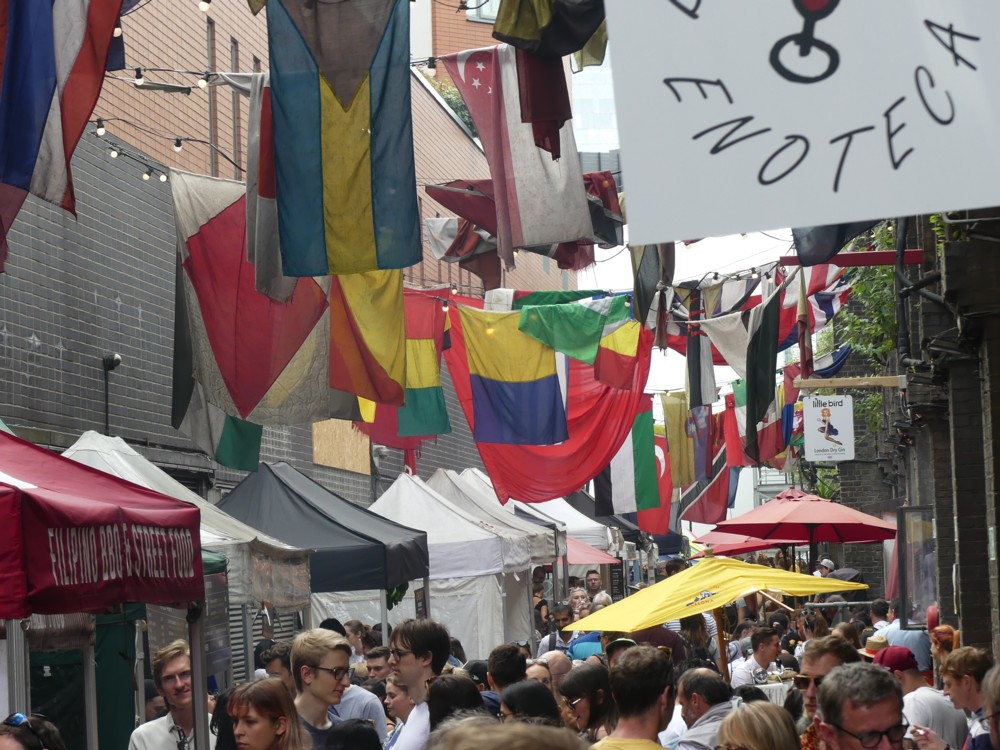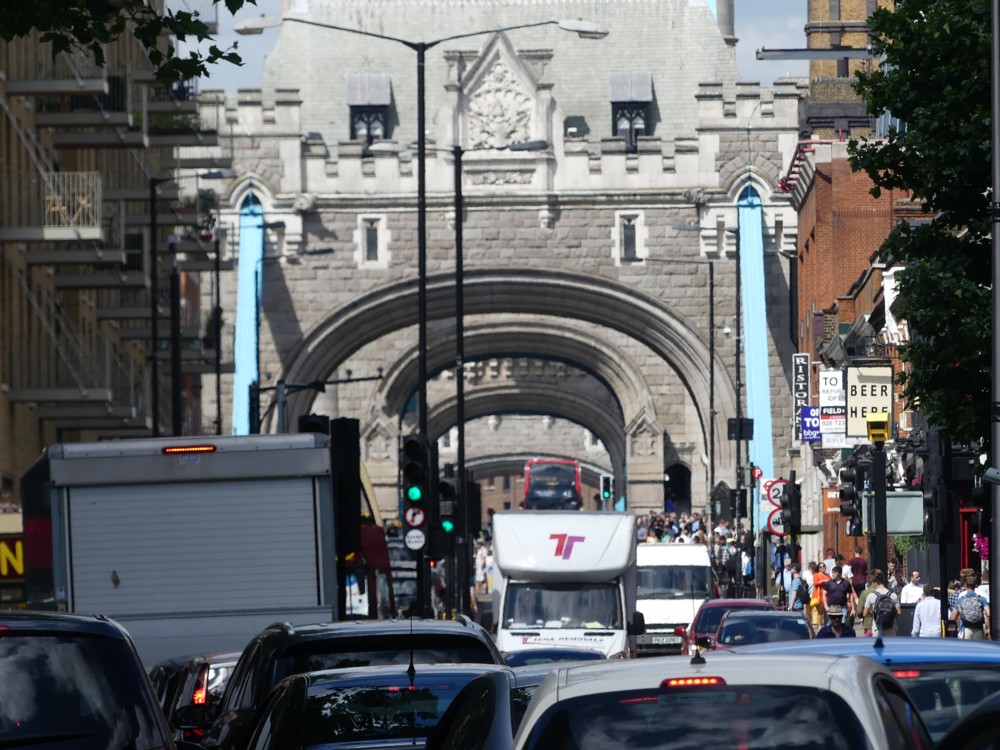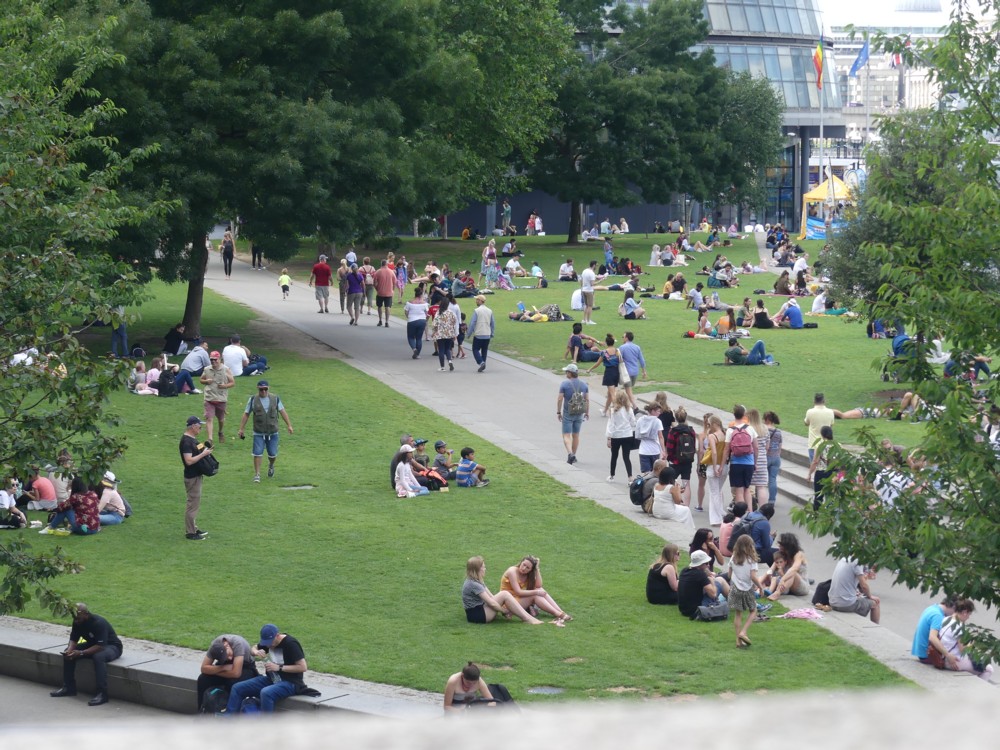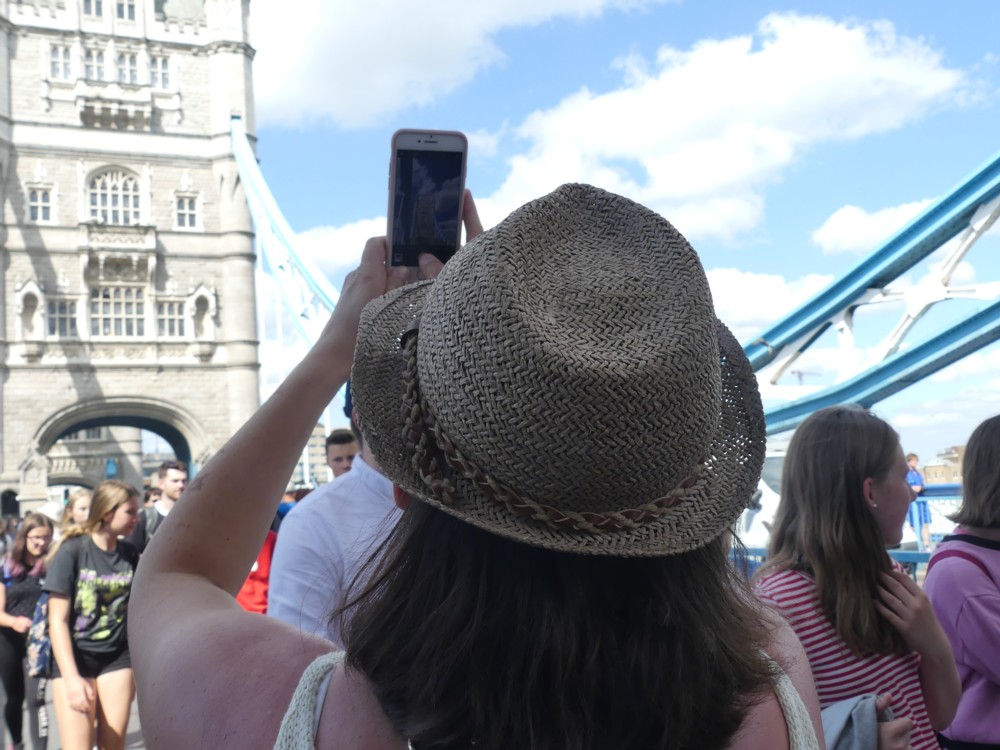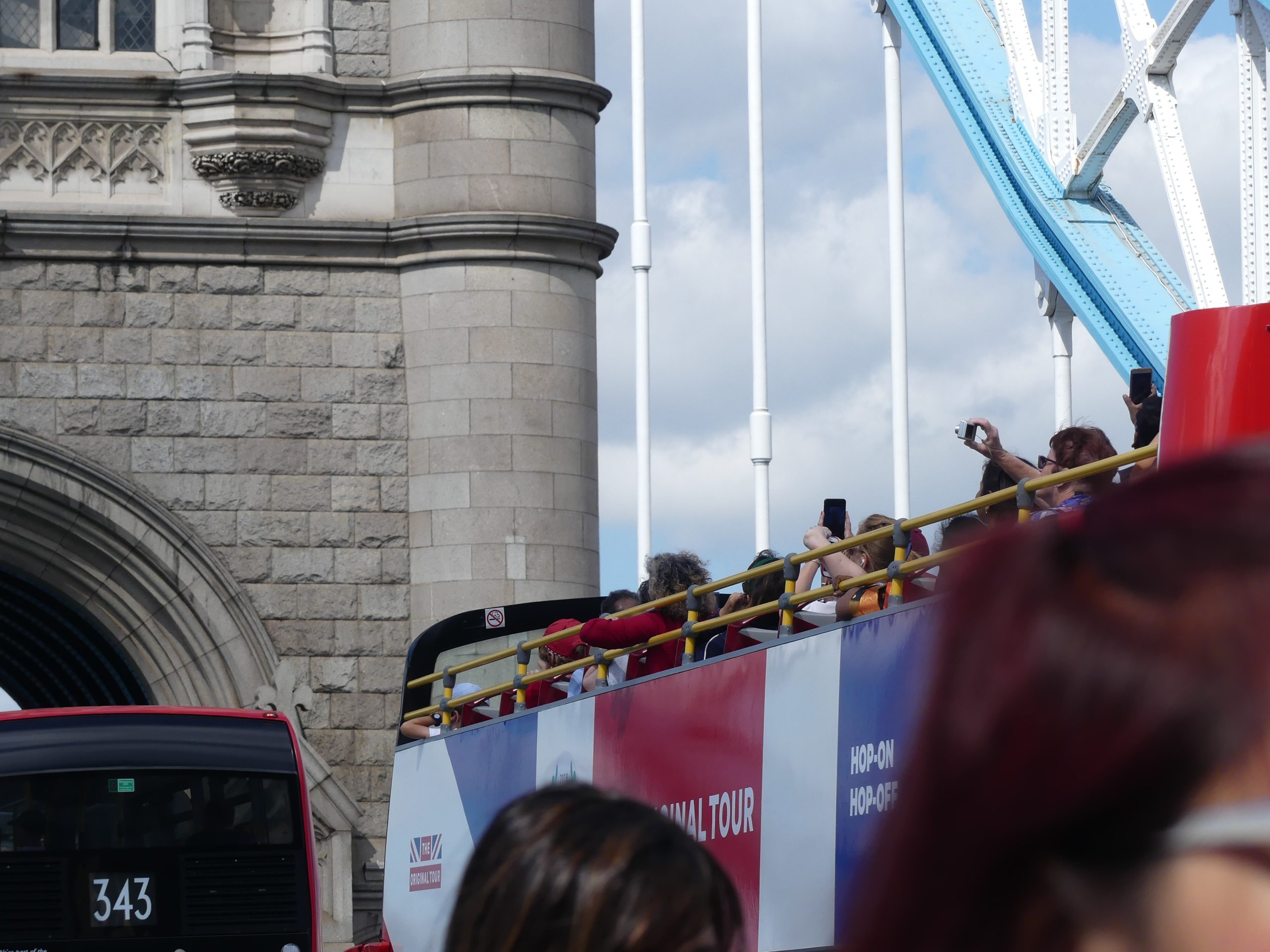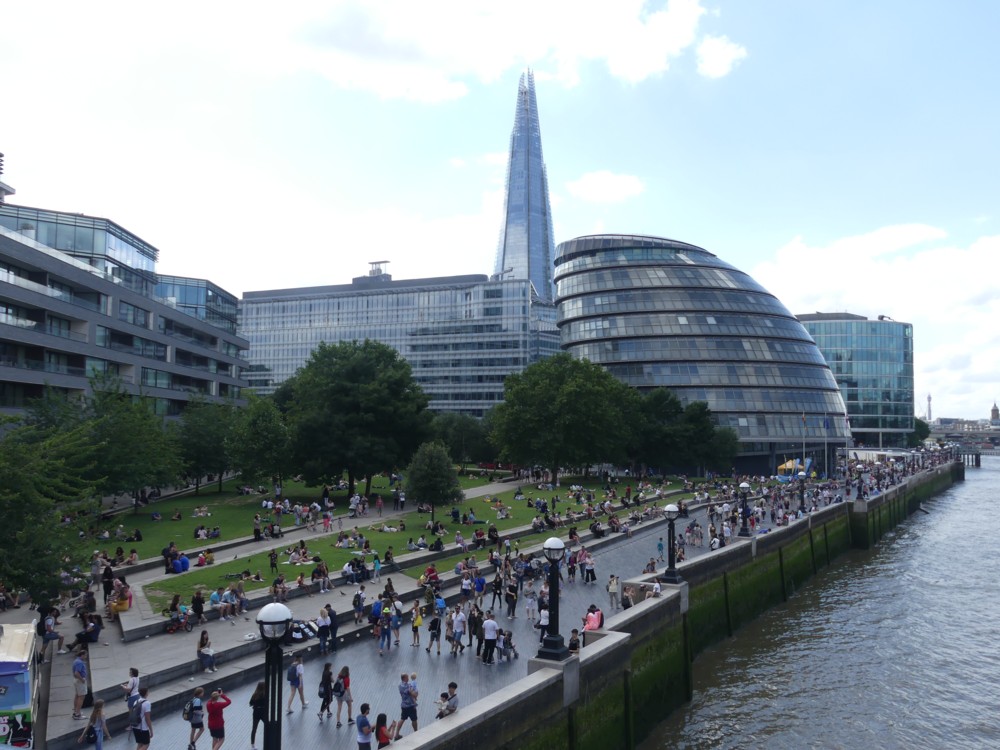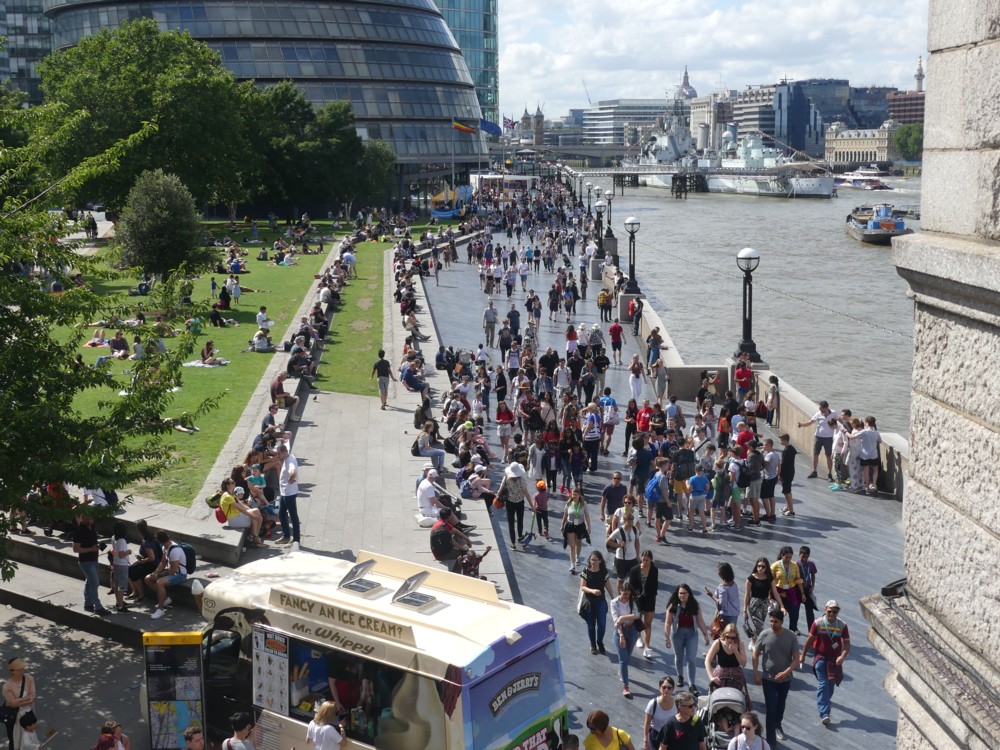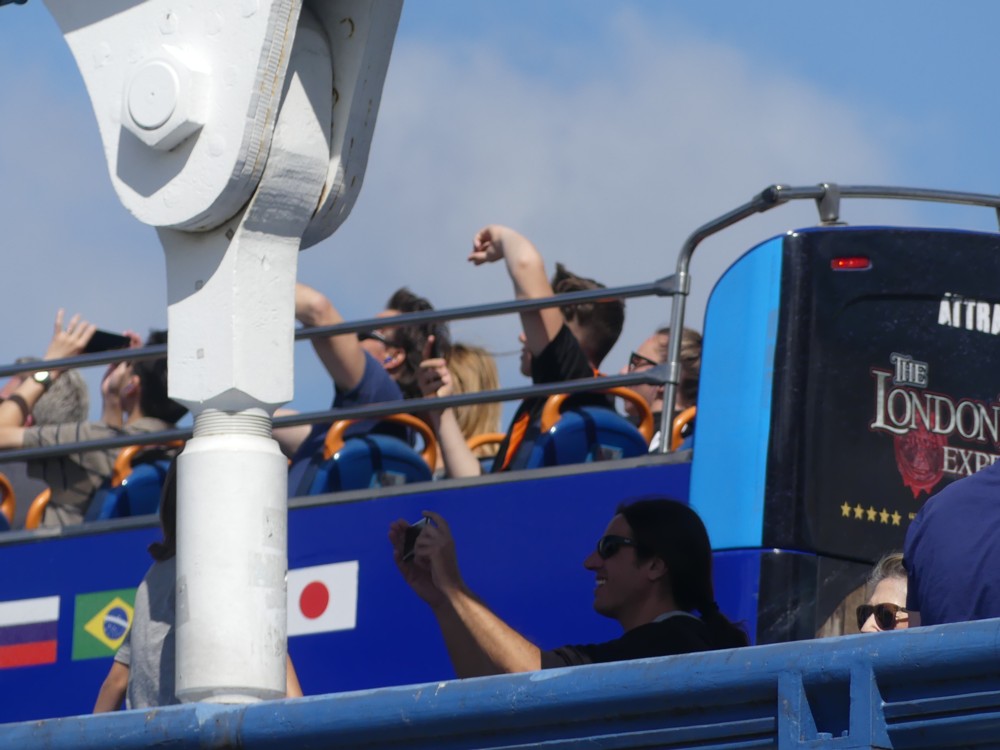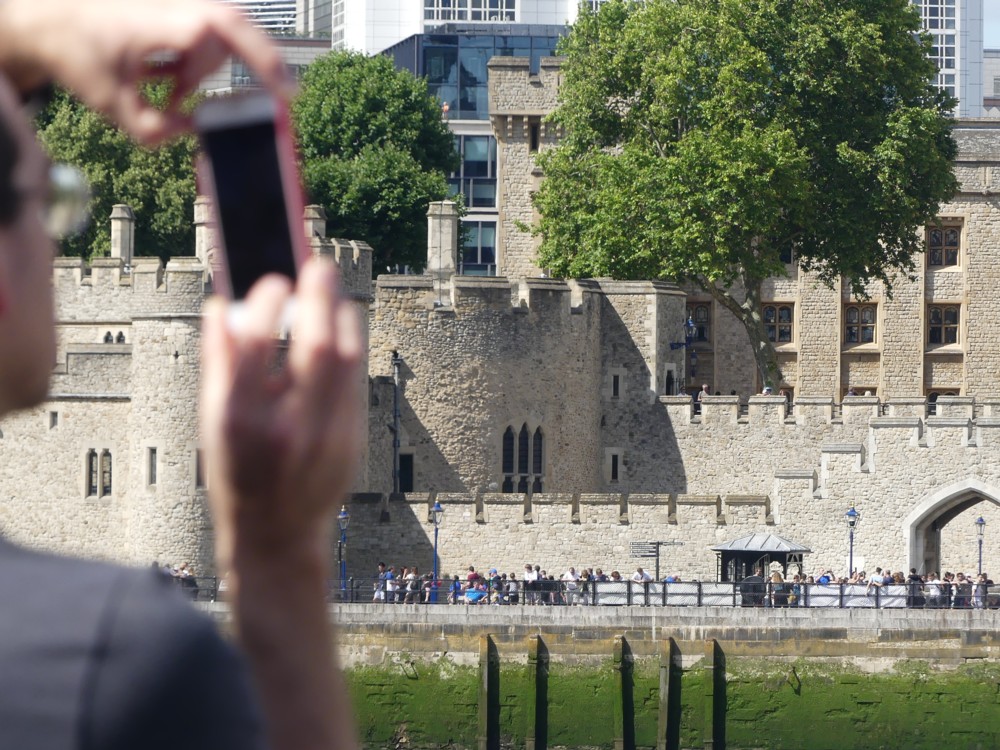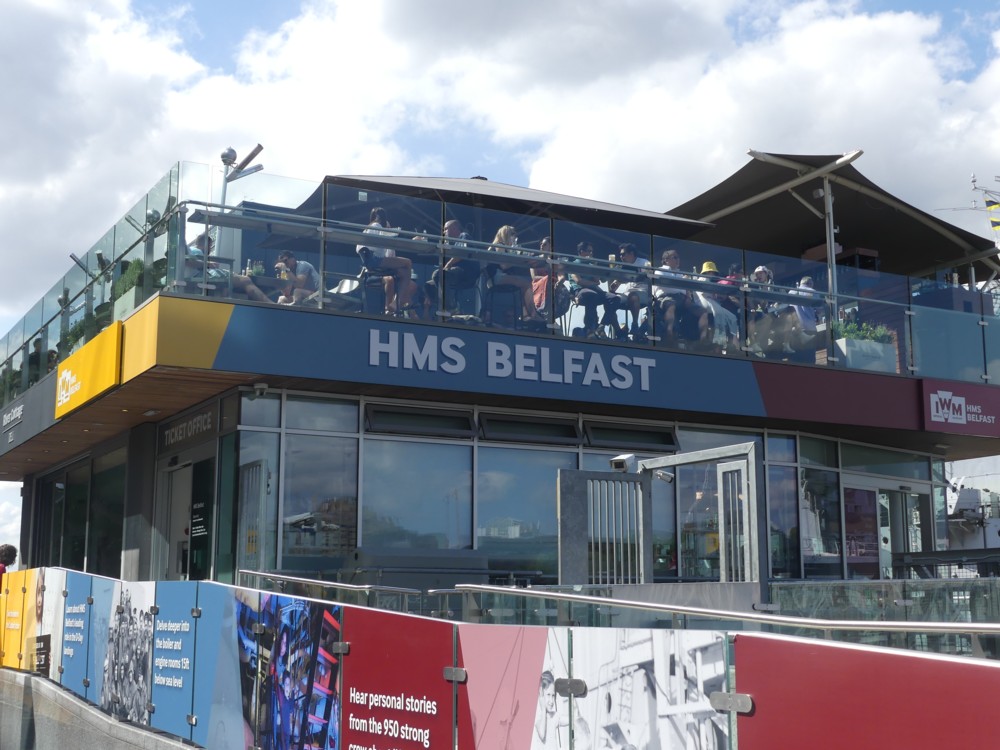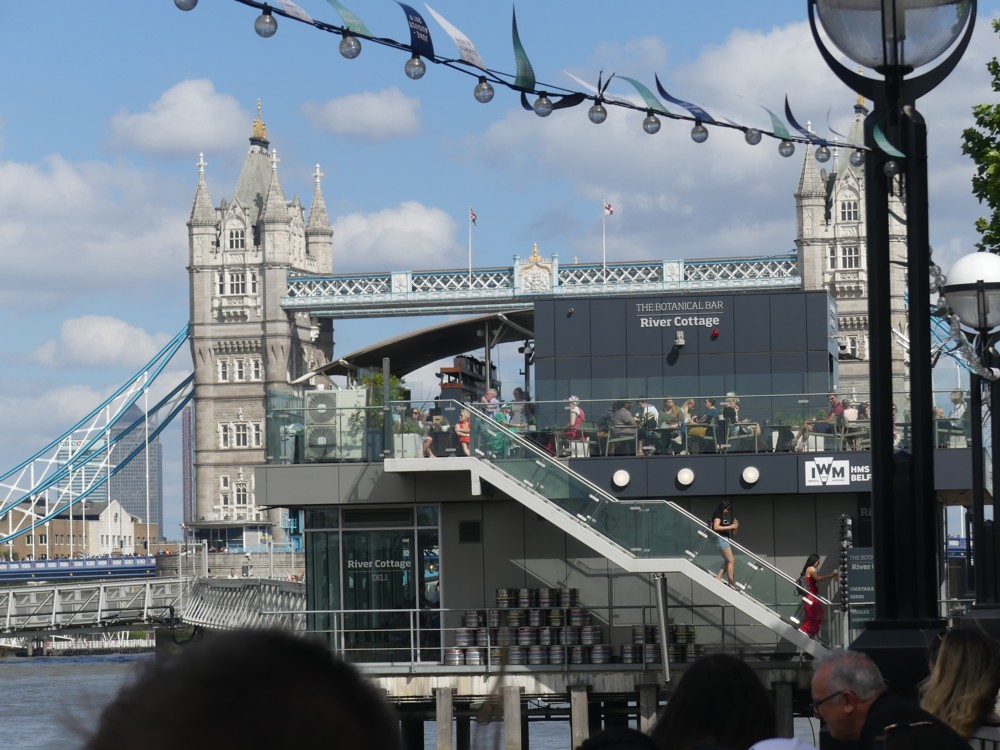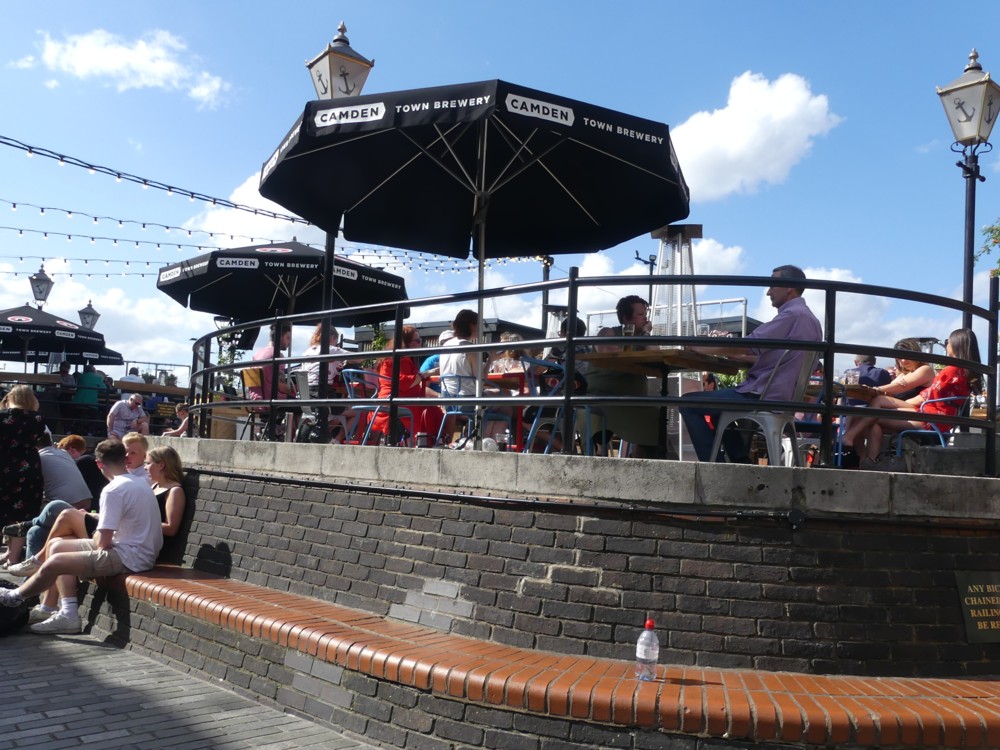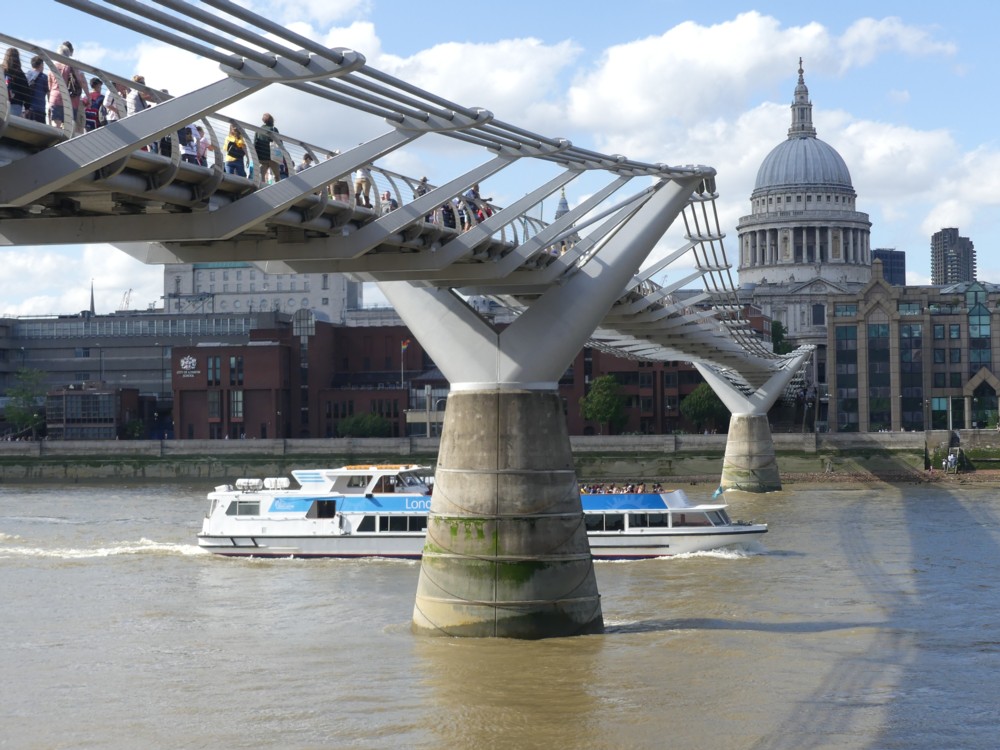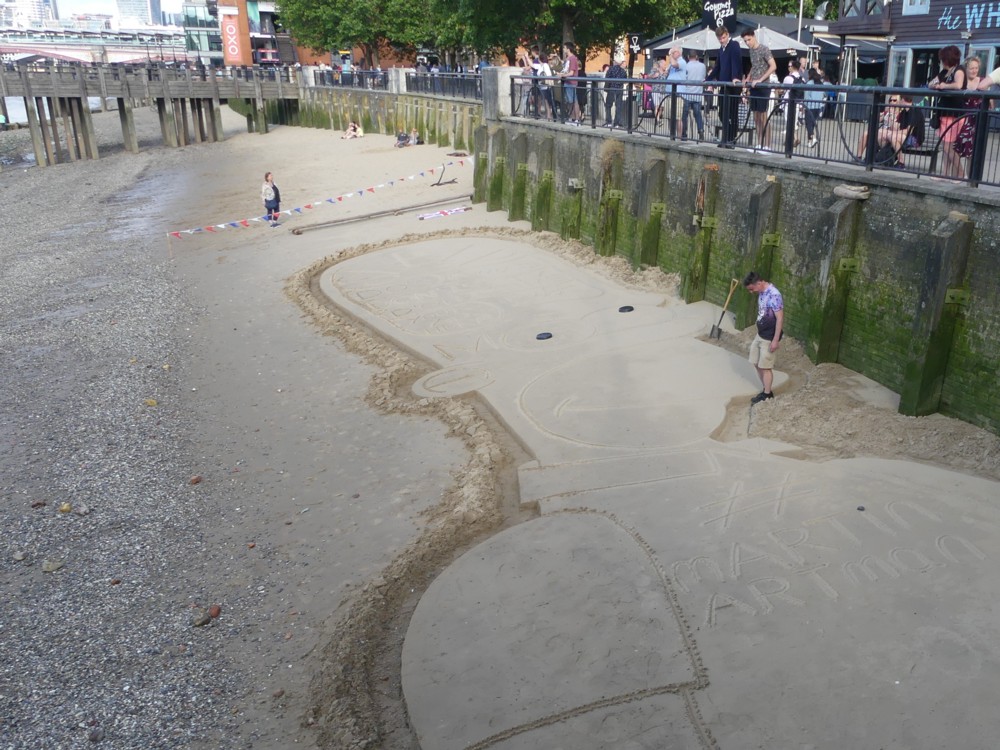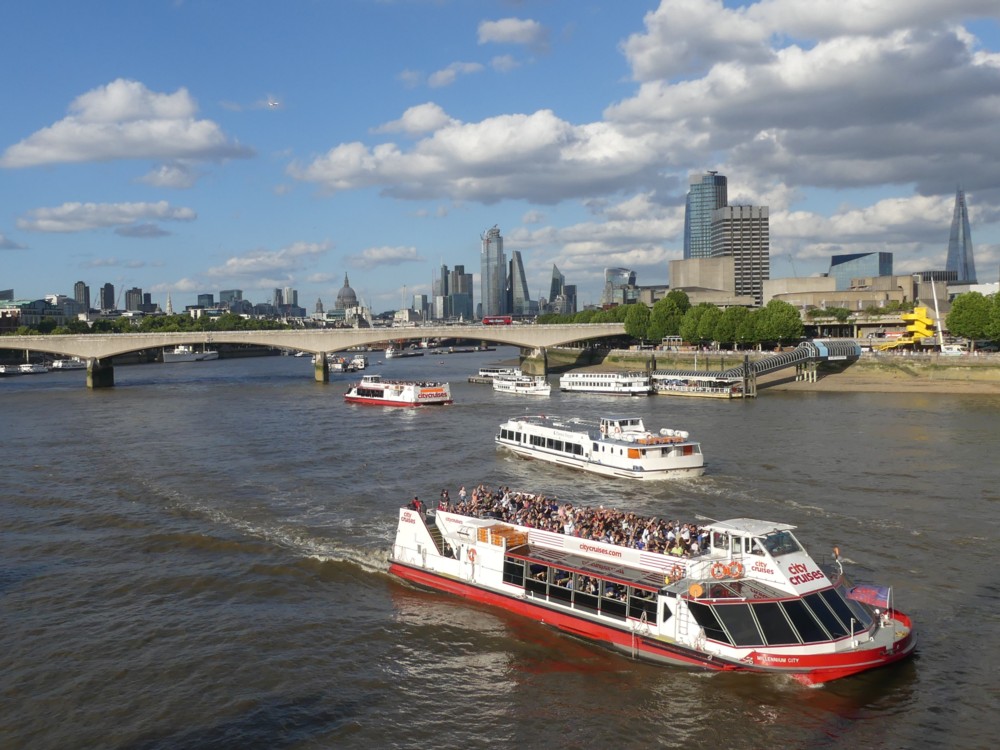I’ve been reading Emmanuel Todd’s book, Lineages of Modernity. For any sort of review of this book by me, you will have to wait. But meanwhile, I did enjoy this snippet, about why people believe the things they do. In it, the historian Rodney Stark is mentioned admiringly, for having written books like A Theory of Religion (co-authored with William Sims Bainbridge).
Here is what Todd says (pp. 95-96):
In this piece of historical anthropology that we are conducting here, it is more reasonable to grasp the dynamics of faith on Earth, and to start from the elementary observation that a religion is not only a personal belief, but above all the sharing of a belief by a group of human beings on Earth. So let us agree that before it rewards us in heaven, a religion rewards us here below. We must understand why sexual asceticism and the love of the poor, extremist and deviant views for Antiquity, gave the individuals constituting the Christian group a positive reward during their lifetime.
To ask the question today, in a Western world that ideologically values sex and wealth, is crucial. For us, sexual asceticism and the love of the poor are now, again, incomprehensible extremist deviations, to be classified perhaps under the rubric of mere masochism. Today, sexual freedom and banking reign. This is where Rodney Stark’s work proves to be essential.
Influenced by the rational choice school, Stark has grasped the fact that the aberrant beliefs and behaviours of religious groups, whether masochistic or not, and the opprobrium that they bring upon their members, can for the individuals concerned be more than compensated by the group cohesion produced by stigmatization. The psychological cost of belonging to a religion, demanding for oneself but ridiculous in the eyes of the outside world, is so high that adherents can be sure that they belong to a group of exceptionally reliable people. The internal loyalty of the group is the true reward of the believing individual. This gratification is immediate, more secure and tangible than the promise of the hereafter. The argument developed by Stark applies to early Christians or Mormons in the United States, but we can see how it can also contribute to a better understanding of the survival of the Jewish people, who no longer appear to have persisted through history despite persecution but because of persecution.
We can reformulate this from a Durkheimian perspective. What the individual finds in the bizarre monotheistic religious groups of Late Antiquity – whether they were circumcised and refused to eat pork, or were disgusted by sexuality and fascinated by the degradation of the body of the poor – is a sense of belonging to a moral human group. In the chaos of the great ancient cities – Alexandria, Antioch and Rome – Judaism and then Christianity were, as Stark says, refuges. Christianity certainly offered, for later on, eternal life, in which its adherents could believe as a group. But what it immediately gave was an end to loneliness, a sense of belonging to a world of solidarity, and – in very concrete terms – psychological and even economic security. The Gospels, if read without prejudice, give the game away: there is a long series of miracles to do with food and health, and these point to a better earthly life rather than to eternal life.
Judaism does not generally promise eternal life, but among its faithful, in Antiquity and the Middle Ages, it fostered a courage and a contempt for death that yield nothing to those of the Christian martyrs. Its enduring power suggests that Homo sapiens is, in the end, more afraid of loneliness than of death.




